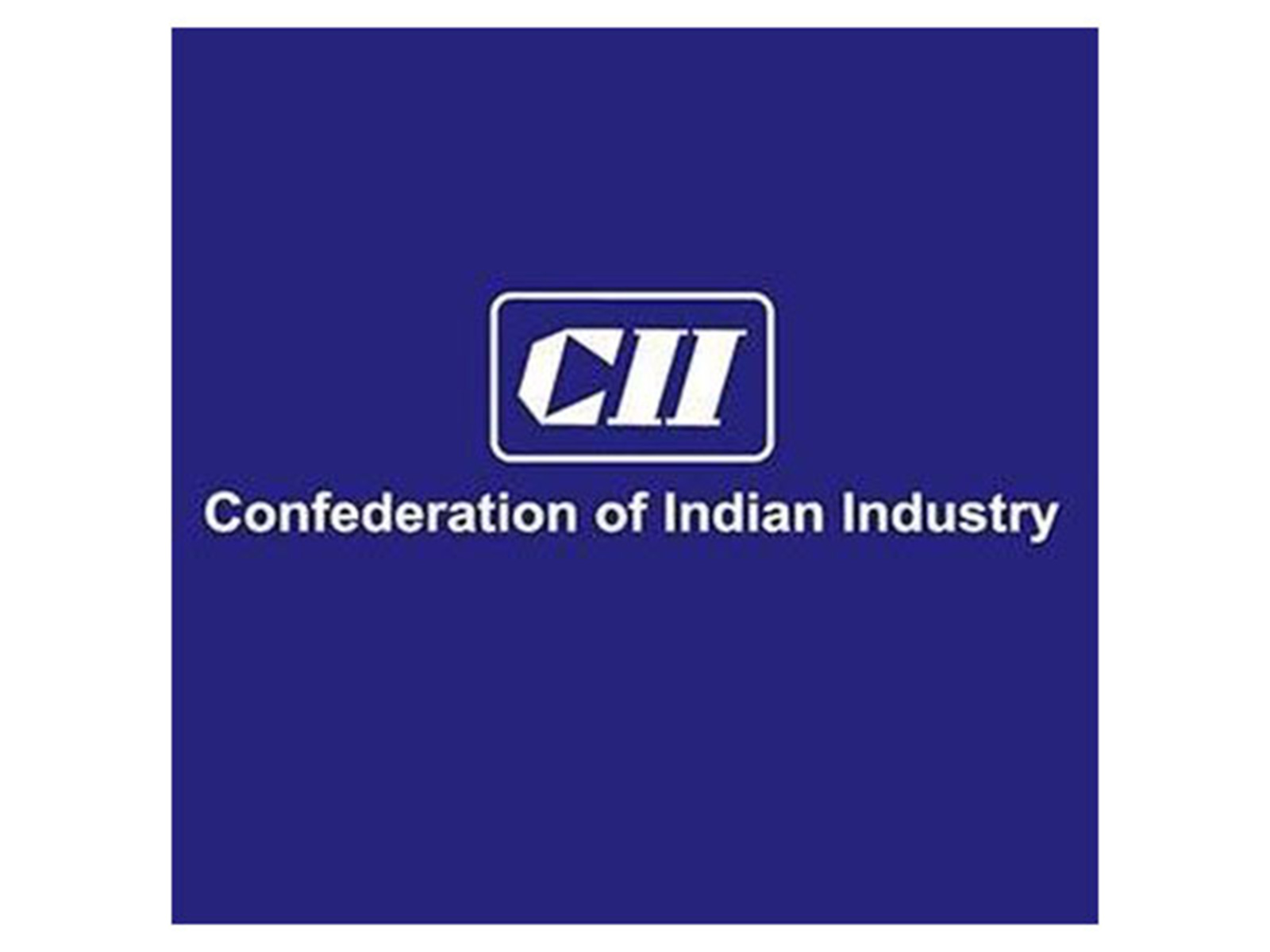New Delhi [India], November 8 (ANI): Industry body CII has proposed the creation of an India Development and Strategic Fund (IDSF), a sovereign-backed, professionally managed institution designed to finance India’s long-term growth, resilience, and global economic security.
Conceived as a twin-arm national fund, the IDSF would mobilise patient, long-horizon capital to build India’s productive capacity at home and secure critical economic interests abroad.
Announcing the proposal, Chandrajit Banerjee, Director General, CII, said that the time has come for India to build its own enduring financial engine for development.
“India is entering a decisive window of opportunity. We are already among the world’s largest economies, but to reach developed-economy status by 2047 we need structural, perpetual sources of long-term capital that go beyond the annual budget cycle,” he said.
“The India Development and Strategic Fund would be a sovereign-anchored, professionally managed instrument that invests in both national capacity and strategic security.”
CII’s proposal is based on the recognition that India’s growth ambitions in infrastructure, energy transition, manufacturing, technology, and human development, will require funding at a scale that cannot be met by annual budgetary allocations alone. The Fund would help mobilise domestic and global savings and recycle national capital from mature assets into new productive capacity.
As Banerjee explained, “This is not about more borrowing. It is about better capital structuring, recycling our existing national strength into future assets instead of one-time fiscal use.”
The IDSF is envisaged as comprising two distinct but coordinated arms.
The Developmental Investment Arm would focus on financing long-gestation domestic priorities such as infrastructure, clean energy, logistics, industrial corridors, MSME scale-up, education & skilling, healthcare and urban infrastructure. This arm would provide patient equity and blended finance to commercially viable projects that require long-term commitment. It would act as an anchor investor, crowding in pension funds, sovereign wealth funds, and institutional investors from India and abroad, the industry body added.
CII has suggested that India’s existing National Investment and Infrastructure Fund (NIIF) could be evolved into this Developmental Arm, leveraging its governance architecture and global investor base.
The Strategic Investment Arm would acquire and secure overseas assets critical for India’s long-term economic and security interests. These include energy assets such as oil and gas fields, LNG infrastructure and green hydrogen partnerships; critical minerals such as lithium, cobalt, and rare earths; frontier technologies including semiconductors, AI, and biotechnology; and key global logistics and port assets. This arm would give India the ability to act proactively, to own rather than merely buy, in critical supply chains and technologies shaping the future global economy, the CII added.
“In a world where energy, minerals, technology and logistics are increasingly securitised, economic and strategic policy are now part of the same continuum,” Banerjee noted
CII believes that with disciplined design and funding, the IDSF could, over the next two decades, build a managed corpus in the range of USD 1.3 to 2.6 trillion by 2047, comparable in ambition and credibility to the world’s leading sovereign investors.
The proposed capitalisation roadmap includes a modest initial budgetary allocation to establish credibility, followed by systematic channeling of a share of asset-monetisation proceeds, from roads, transmission lines, ports, and spectrum, into the Fund instead of one-time deficit reduction. Over time, a portion of the Government’s equity in select public sector enterprises could be transferred to the Fund, turning these enterprises into instruments for India’s global expansion rather than mere disinvestment candidates.
In addition, the Fund could issue thematic instruments such as infrastructure, green and diaspora bonds to mobilise long-term domestic and international savings, while co-investing with multilateral and bilateral partners.
Once macroeconomic buffers are adequate, a calibrated allocation of a small portion of India’s foreign exchange reserves could also be considered for overseas strategic acquisitions in areas like critical minerals and energy, the CII added.
CII has emphasised that robust governance is the foundation of this concept. The proposal calls for a statutory India Development and Strategic Fund Act defining the Fund’s mandate, capital sources, withdrawal rules, and disclosure norms. The Fund should retain majority ownership and strategic control with the Government of India, while being run by a professional board combining senior Government representation and global investment expertise. Two distinct investment committees would govern the Developmental and Strategic arms, ensuring clarity of focus and accountability.
CII recommends that the Fund publish a periodic “IDSF Review”, with a public dashboard on corpus size, portfolio mix, sectoral and geographic exposure, and performance metrics. Annual withdrawal limits should be capped as a percentage of corpus to prevent fiscal misuse, while independent audit and risk frameworks should manage currency, geopolitical, and governance risks. The institution must be professionally operated but sovereign in purpose, focused on financing development, the industry body said.
Banerjee also highlighted the potential role of public sector enterprises (PSEs) within this structure. Instead of treating PSEs solely as sources of disinvestment revenue, they should be empowered as operational arms of the Fund, capable of executing global projects in energy, mining, logistics and technology. “Our PSEs can become national instruments of outward economic strategy,” he said. “When backed by IDSF capital and professional management, they can build India’s presence in critical global supply chains.”
CII underscored that the IDSF is a nation-building instrument for India’s Amrit Kaal. It will help raise the investment-to-GDP ratio and crowd in private and institutional capital at scale. By financing green, digital and industrial transformation, and securing critical resources and technologies abroad, the Fund will strengthen India’s economic and strategic position in the global order. It aligns with the broader vision of Viksit Bharat 2047, enabling the country to finance its growth with stability and purpose. (ANI)
Disclaimer: This story is auto-generated from a syndicated feed of ANI; only the image & headline may have been reworked by News Services Division of World News Network Inc Ltd and Palghar News and Pune News and World News
HINDI, MARATHI, GUJARATI, TAMIL, TELUGU, BENGALI, KANNADA, ORIYA, PUNJABI, URDU, MALAYALAM
For more details and packages














